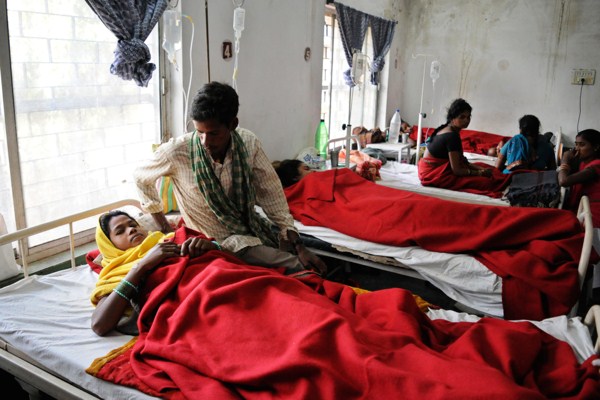The death of 13 women last November in a government-run sterilization clinic, followed by the news of dozens of patients blinded by free cataract surgery, put the spotlight on the poor state of public health infrastructure in India. It was a particularly alarming wake-up call amid celebrations and positive press over Prime Minister Narendra Modi’s election victory last May and his much-touted promise to improve governance and shake up the status quo. But as those incidents—followed by the announcement of a 20 percent cut in the state health budget—showed, India’s health care woes only seem to be stacking up and taking a turn for the worse.
Sterilization policies in India in particular have a contentious and fraught history, marked by forced sterilization programs in the 1970s and the ongoing and shadowy practice of coercive sterilization of many vulnerable women, particularly in the poorest and most remote parts of the country. As a doctor in India, I recall how female sterilization procedures and tubectomies were the more commonly preferred method of contraception and family planning, both among the urban poor and rural populations. I don’t recall ever having been taught how to do a vasectomy in the course of my medical training, nor do I remember seeing one done, though I assisted in many tubectomy operations.
The government’s current health policy incentivizes community health workers and doctors to refer cases for sterilization. But the root problem is more than that, despite so much media attention on a simplistic question of why these procedures happen in the first place.

